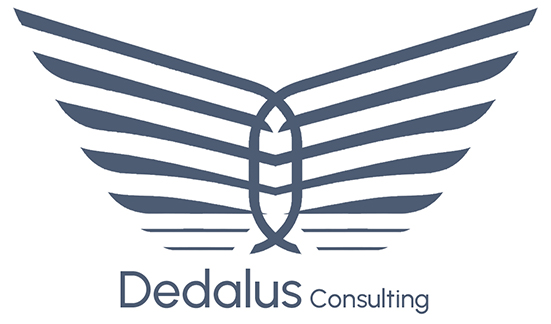This report analyzes the demand and development of the global market for solar energy equipment by type of equipment, systems and suppliers. Specifically, each type of equipment is examined by production and consumption, including supplier competition, distribution channels, application, end-user industries, and technological factors affecting demand. The report further analyzes the market for each type of equipment through the first two generations of solar technology and forecasts into the third generation.
The report is organized into sections based on product type for clarity and more in-depth competitive focus.
The first two sections examine solar photovoltaic (PV) technology providing a comprehensive overview of the solar system from panels to wafers and balance of systems. This section also provides an analysis comparing the types of solar cells based on technology, efficiency (both commercial and laboratory), cost (PPW), and commercial availability.
The market overview examines the global demand for energy of all types, highlighting solar. It also explores the demand of PV energy by region and year. Producers of PV technology based on both added (2015, 2016) and cumulative installed capacity are provided. This section also reviews the PV market by application and end user before finally examining the total PV equipment market.
Equipment markets covered include, polysilicon, glass, anti-reflective coatings, inverters, batteries, mounting systems, and trackers. Each section is broken down to examine this equipment based on application (generation), end user (residential, non-residential, and utility), module type (mono and multi-crystal) and, depending on the equipment, general industry trends.
The polysilicon market is examined by demand by region (tons and bn USD), and demand by country (tons and bn USD). This section also provides information on the market by end-user (solar PV industry, semiconductor industry), as well as an analysis of historical pricing. Demand of polysilicon by module type is provided as well as companies’ production capacity and market share along with semiconductor manufacturers and vendors. Wafer pricing and capacity by module type as well as manufacturers capacity and production are also provided.
Section four examines anti-reflective coatings and glass. The glass section explores the general end-users (automotive, architectural, etc), isolating solar. Once solar is isolated and analyzed, this section looks at solar glass demand by generation. Glass sales and market share are analyzed, identifying the main sellers. An analysis of barriers to entry is also conducted. Global demand for anti-reflective coating is analyzed along with demand by end-user (automotive, eyewear, etc), isolating solar. The solar ARC market is then analyzed by generation and main ARC companies are explored with regard to sales and market share.
Balance of systems (BOS) is examined according to two fundamental markets, structural and electrical. Each is analyzed by demand by end-user industry and region. The electrical subsection breaks down inverters and batteries while the structural subsection explores mounting systems and trackers. Types of inverters examined include string, central, and micro. Batteries include lead acid, lead carbon, lithium ion, and others. Mounting systems explored include ground and rooftop, while types of trackers examined include dual and single-axis. Both sections break down the technology by type and product.
Lastly, section six provides an overview of the global PV market by country including the major global players in Germany, Italy, Japan, China, USA, Rest of EU, Rest of Asia, and Rest of World.
Installed capacity (both added and cumulative) is examined by country with projections being made to 2020. Further, demand for polysilicon (USD and tons) is explored by country, as well as demand for flat glass, ARC and Balance of Systems. Each is also analyzed by volume and demand in USD.
Each section provides a comprehensive analysis through 2020 with conclusions that provide information for the future outlook of each equipment market within the solar energy space.
More Information & How to Order
For more information about this report including a table of contents contact Dedalus Consulting:
- by navigating to the report contents page:Solar Energy Equipment Markets;
- by email at ; or
- by phone at (212) 709-8352.
